Both single-hung and double-hung windows are common in a wide variety of residential designs. While single-hung and double-hung windows have some similarities, there are also some distinctions that can have an impact on your property. You will discover the differences between single-hung and double-hung windows as we compare them so that you may make the […]

Both single-hung and double-hung windows are common in a wide variety of residential designs. While single-hung and double-hung windows have some similarities, there are also some distinctions that can have an impact on your property. You will discover the differences between single-hung and double-hung windows as we compare them so that you may make the best decision for your house.
Both single-hung and double-hung windows can be found in wood, fiberglass, and vinyl. Wood single- and double-hung windows give your house a genuinely traditional, historic look. For a classic style, fiberglass single-hung and double-hung windows are a remarkably sturdy and long-lasting solution.
Traditional homes might benefit from the high-quality, energy-efficient vinyl single- and double-hung windows.
However, as they were named, those two kinds of windows have different designs leading to the differences in cost, cleaning and maintenance process and ventilation ability. There are things that you must take into account to decide which one is more suitable for your room.
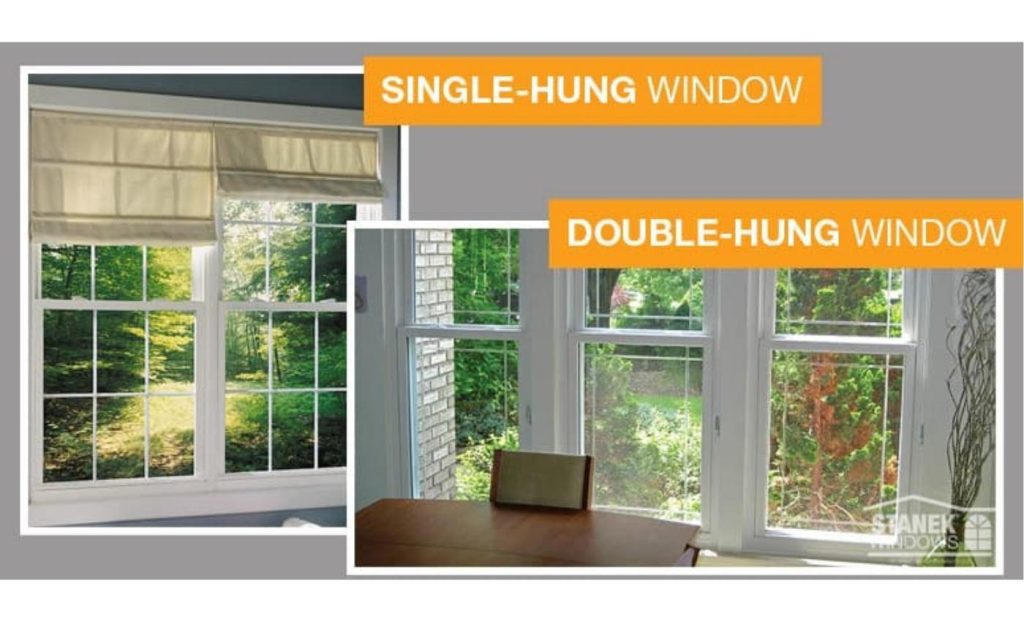
A single-hung window, also called a single-sash window, has an upper, fixed sash and a lower, moveable sash. As a result, only the bottom portion of the window moves up and down while the top portion does not. Single-hung windows have a bottom sash that allows for ventilation.
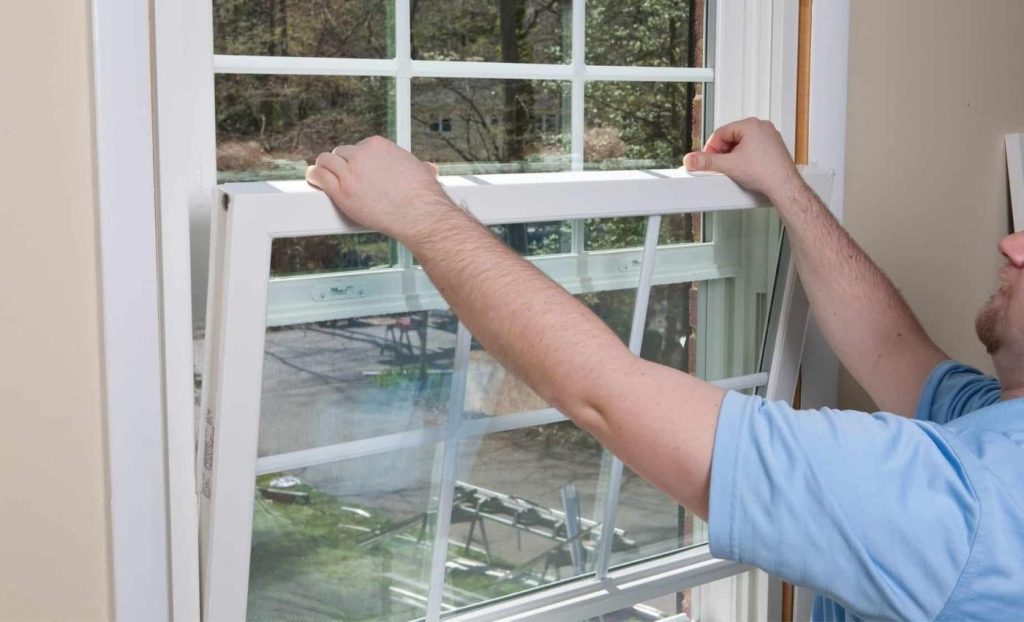
A style of window with two sliding, up-and-down operable sashes is known as a double-hung window or double-sash window. A double-hung window has two primary moveable sashes: the top sash and the bottom sash.
Both of them have openings that can be used for ventilation. Warm air can depart through the top sash because heat rises, while cool outside air can enter through the bottom sash opening to help with greater comfort. They are therefore a great option for two-story homes.
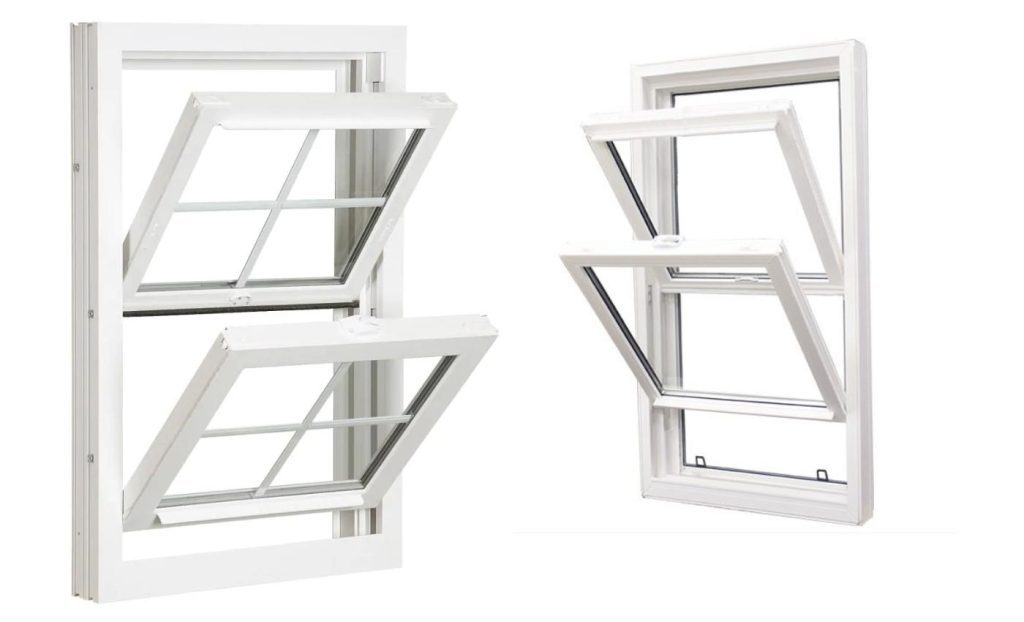
The cost of a single-hung is often less expensive than a double-hung when comparing product lines. A single-hung window is less expensive to build since it has fewer moving parts. The kind of window material and the quantity of moving elements both affect price.
Since wood allows for the most customization options, it is frequently our most expensive material. Vinyl frequently has the lowest cost among our materials and offers solutions for your home that require little care.
Single-hung and double-hung windows both open to let plenty of air into your house. Which sashes open and close has the largest impact on ventilation. To let air into and out of your house, you can open either the top sash, bottom sash, or both sashes of a double-hung window. Only the bottom sash of a single-hung window slides up to enable circulation. The top sash is not operable and is fixed.
Cleaning your windows regularly is required for both single-hung and double-hung windows. Simply spritz the glass with a vinegar and water cleaning solution and wipe it clean with a microfiber or lint-free cloth to clean single-hung or double-hung windows within your home. Use water to clean the window frames, hardware, and surrounding trim. With the help of tilt-latches, you can simply clean the exterior of the bottom sash on Pella wood and vinyl single-hung windows by tilting the bottom sash inward toward the house. This enables you to clean the exterior of your bottom sash while inside the vehicle. A single-hung window’s top sash must be cleaned from the outside in order to be properly cleaned.
Please be aware that fiberglass single-hung windows do not have tilt capabilities. The exterior of every double-hung window may, however, be completely cleaned from within your house thanks to tilt-latches on both sashes. Due to the convenience of being able to easily clean both sides of the window from within the house, double-hung windows are common on upper levels of residences.
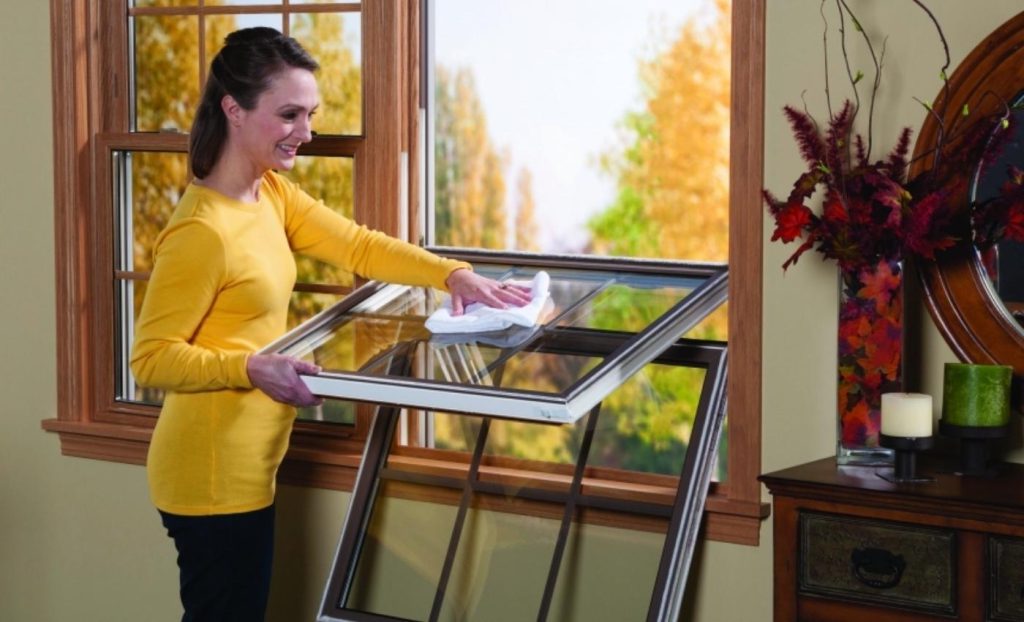
For a range of home types, single-hung and double-hung windows are fantastic choices. Think about how simple it will be to clean or open and close the window when choosing the ideal window for each room.
Consider utilizing a single-hung window if the area is difficult to access, as above a kitchen sink. It will be simpler to use if there is only one venting sash. Single-hung alternatives are also fantastic for spaces like bedrooms that don’t need as much ventilation.
A double-hung window is an excellent alternative if you have additional space to reach both the top and bottom sashes. Double-hung windows are the ideal choice for rooms on your second floor or in locations where cleaning is challenging from the outside because they may tilt in toward the home for cleaning. Double-hung windows are frequently found in busy family rooms and bathrooms.
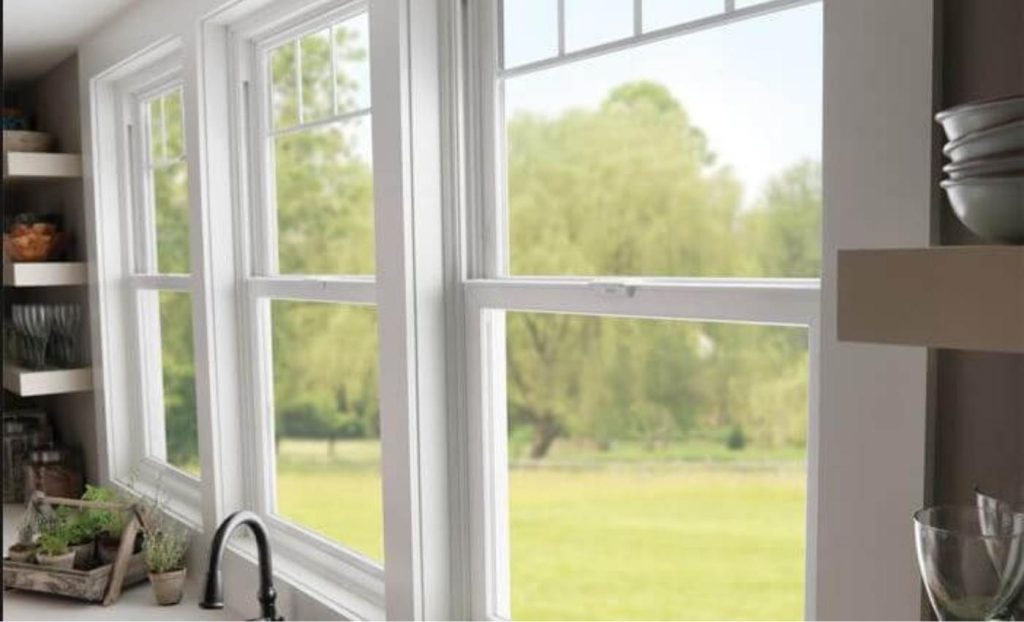
Single-Hung and Double-Hung Windows are basic and can be compatible with different house designs. Therefore, no matter what style is your house, you can consider complementing both kinds of windows to your house. As we have recommended the features and where it is suitable to use Single-Hung and Double-Hung Windows, we hope you could have your own idea for your house.
If you have any other questions relating to Single-Hung and Double-Hung Windows, please let us know.
![]()
You completed a number of good points there. I did a search on the theme and found nearly all persons will have the same opinion with your blog.